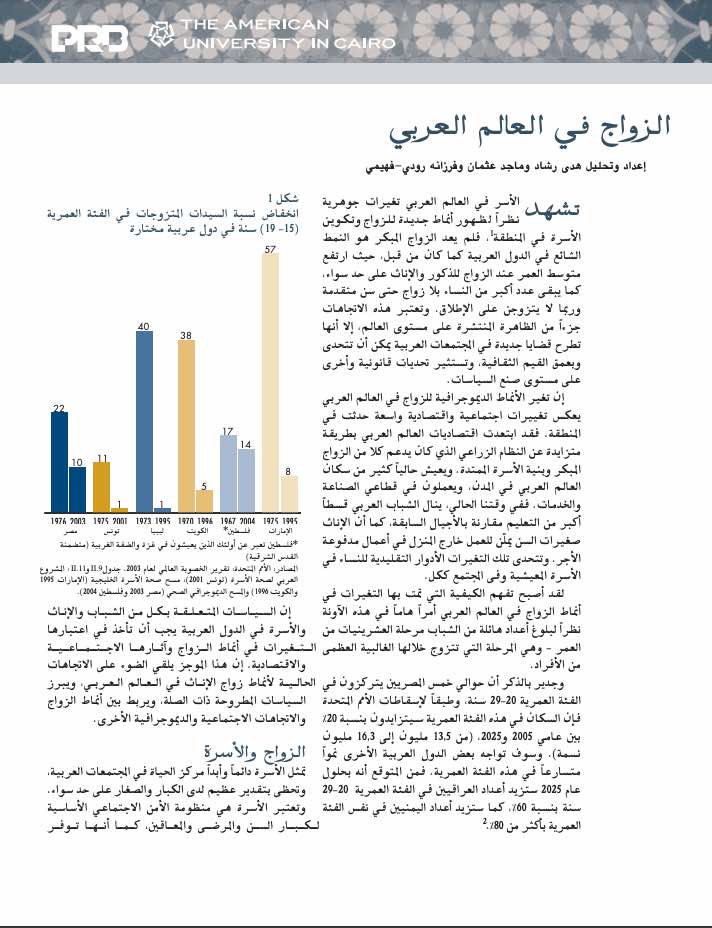African Success Stories in Fertility and Economic Growth: A PRB ENGAGE Snapshot
Around the world, countries have shown that changing the population age structure through lower fertility can translate into the increased economic growth of a demographic dividend. Using Trendalyzer to illustrate African success stories from Botswana and Tunisia, this PRB ENGAGE Snapshot highlights how strategic investments enabled changes in the population age structure and yielded economic growth.
- Download ENGAGE Presentations User Guide (PDF: 915KB)
- Download instructions on how to embed ENGAGE videos into PowerPoint (PDF: 98KB)


 ">
">
 ">
">